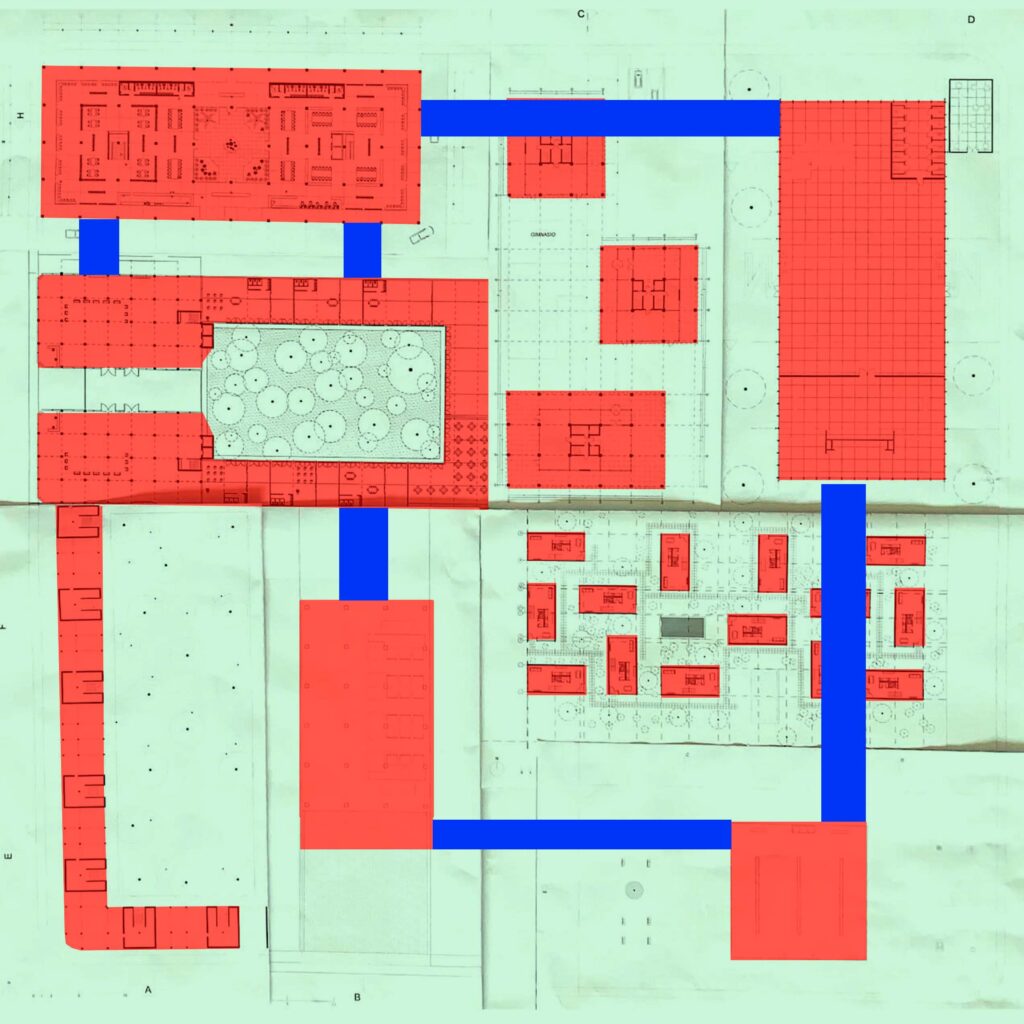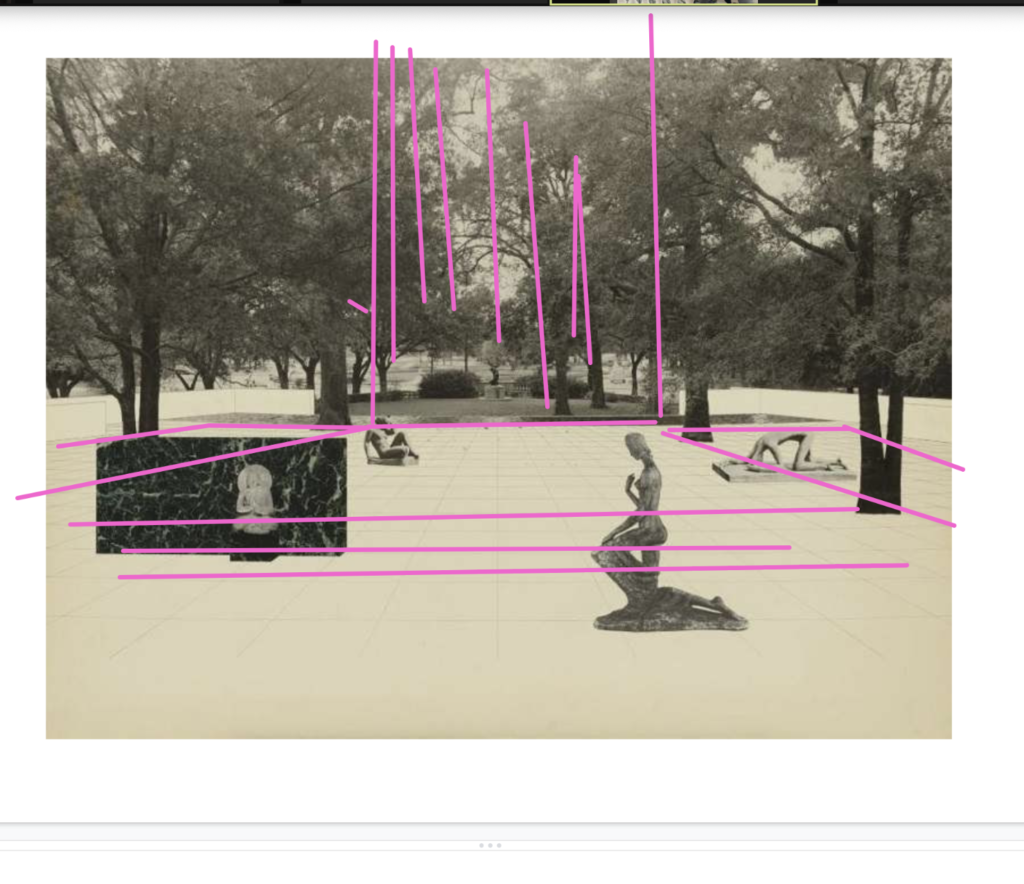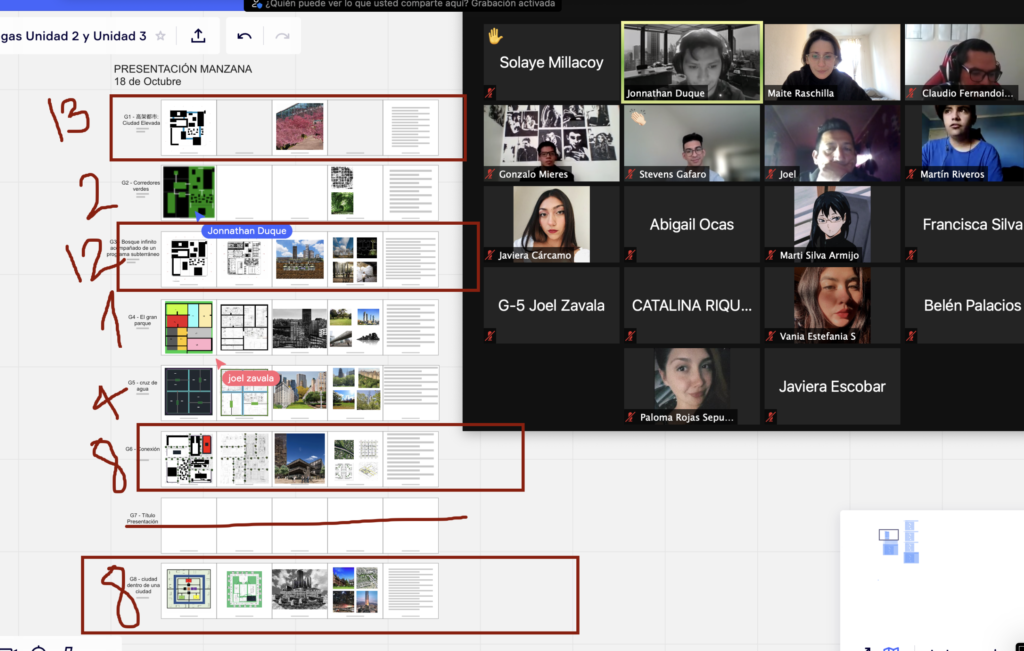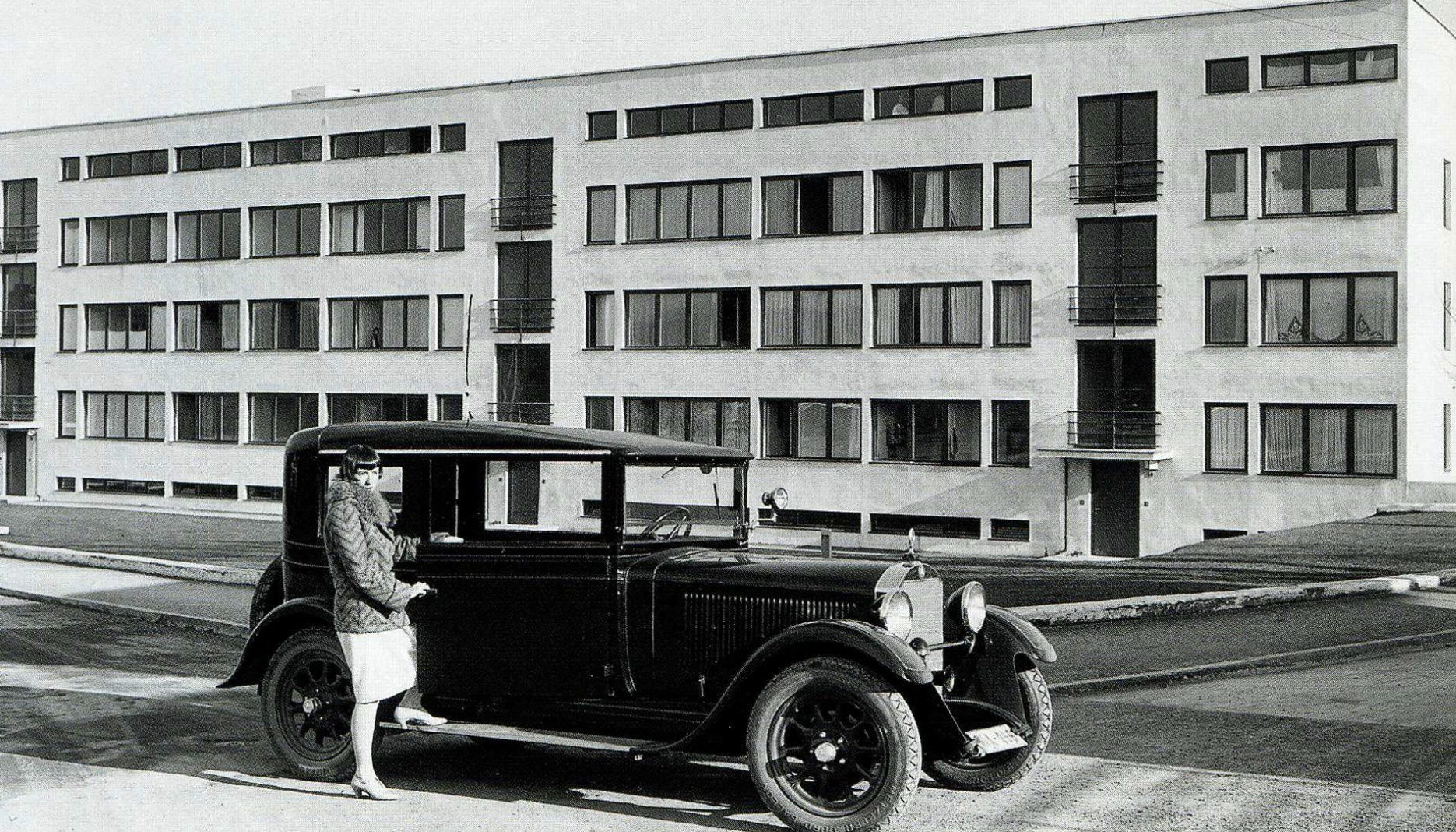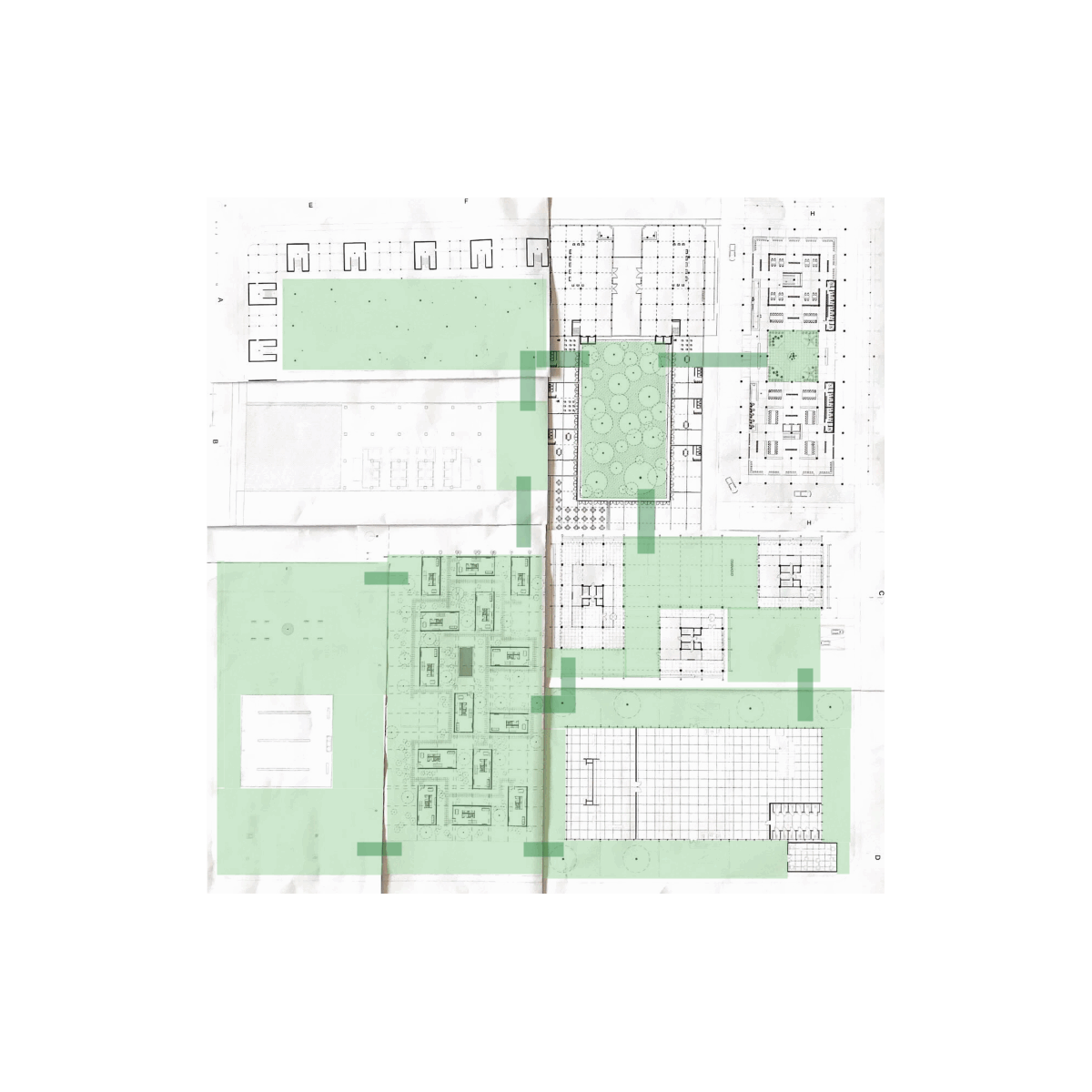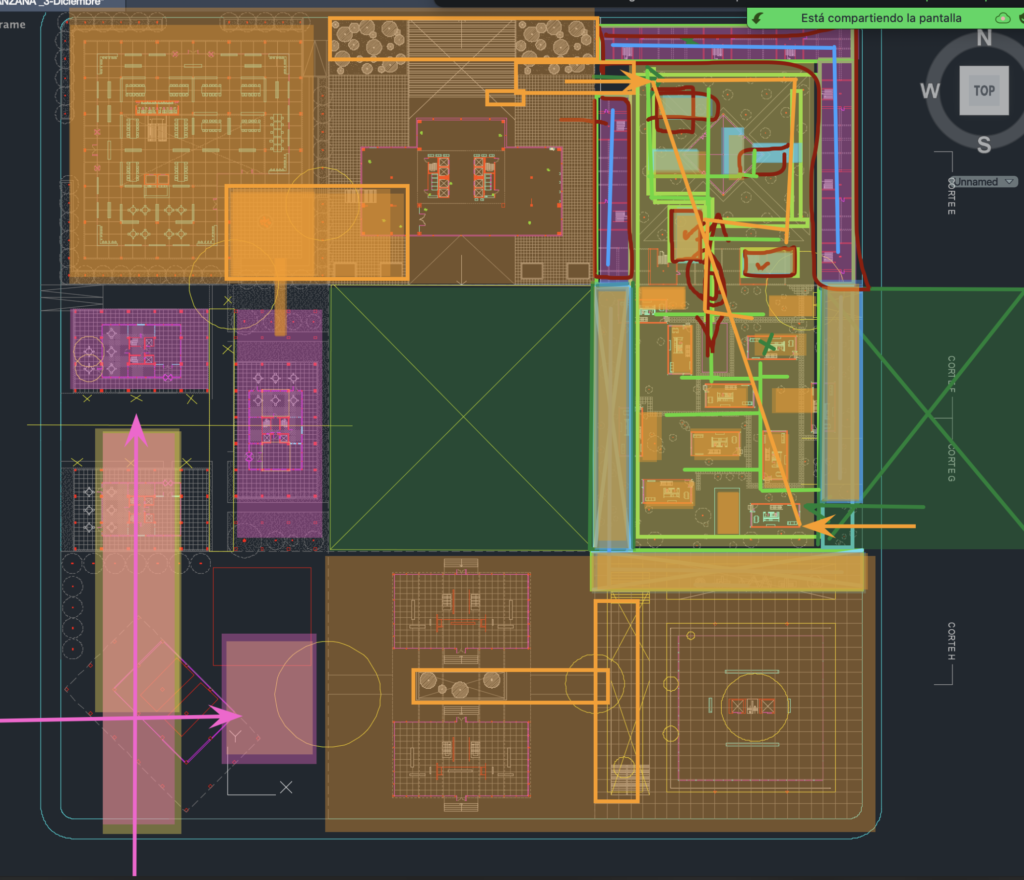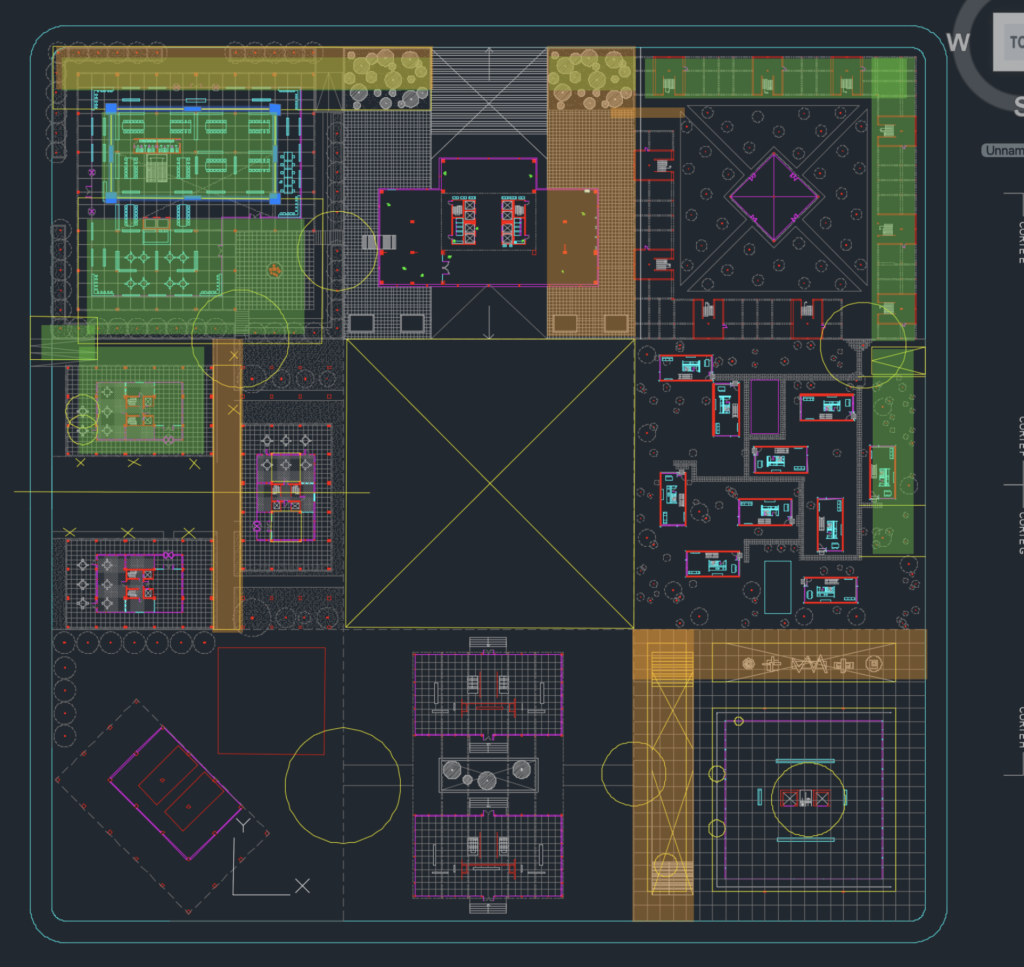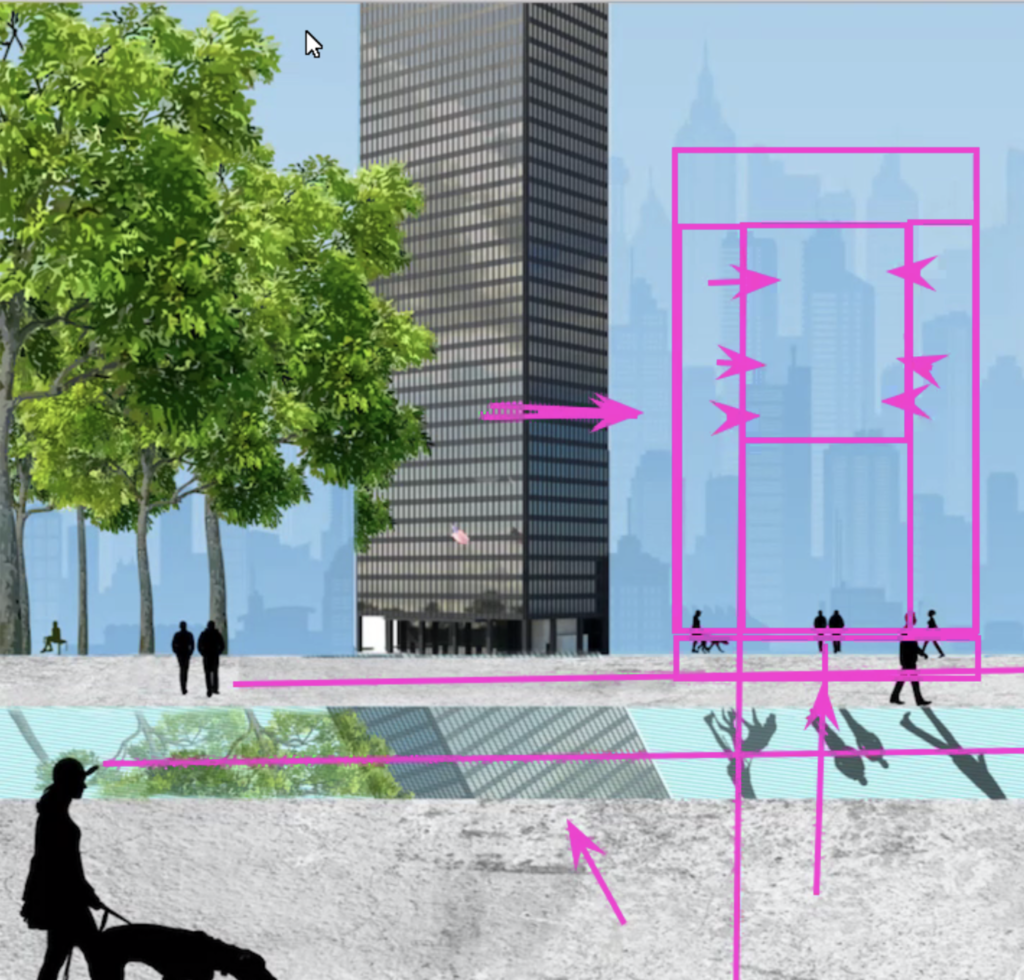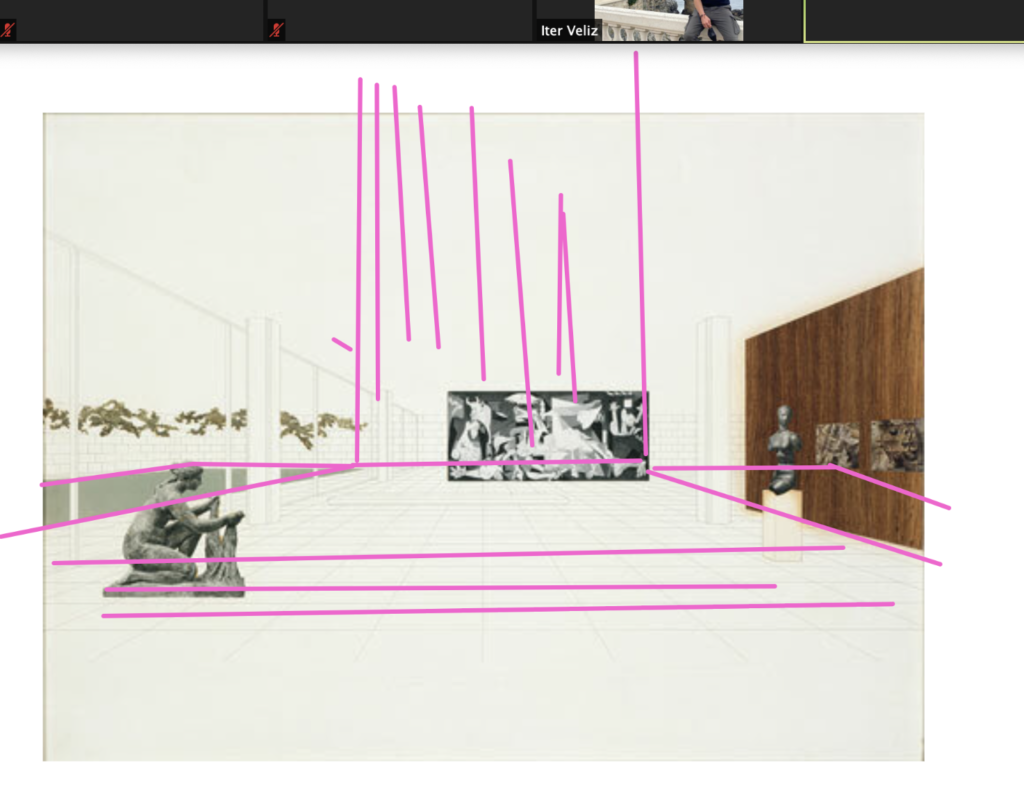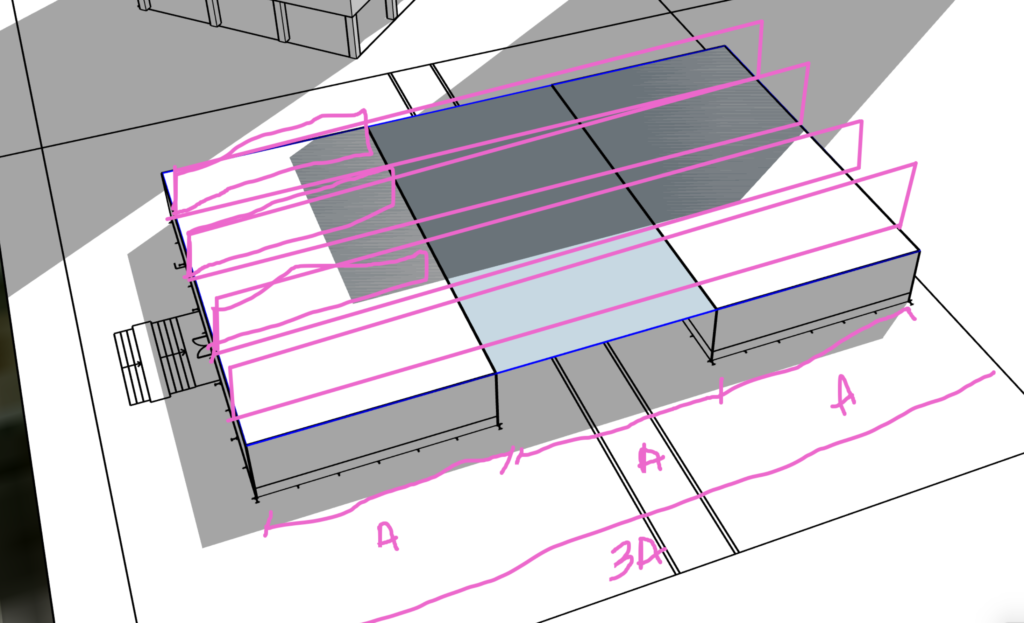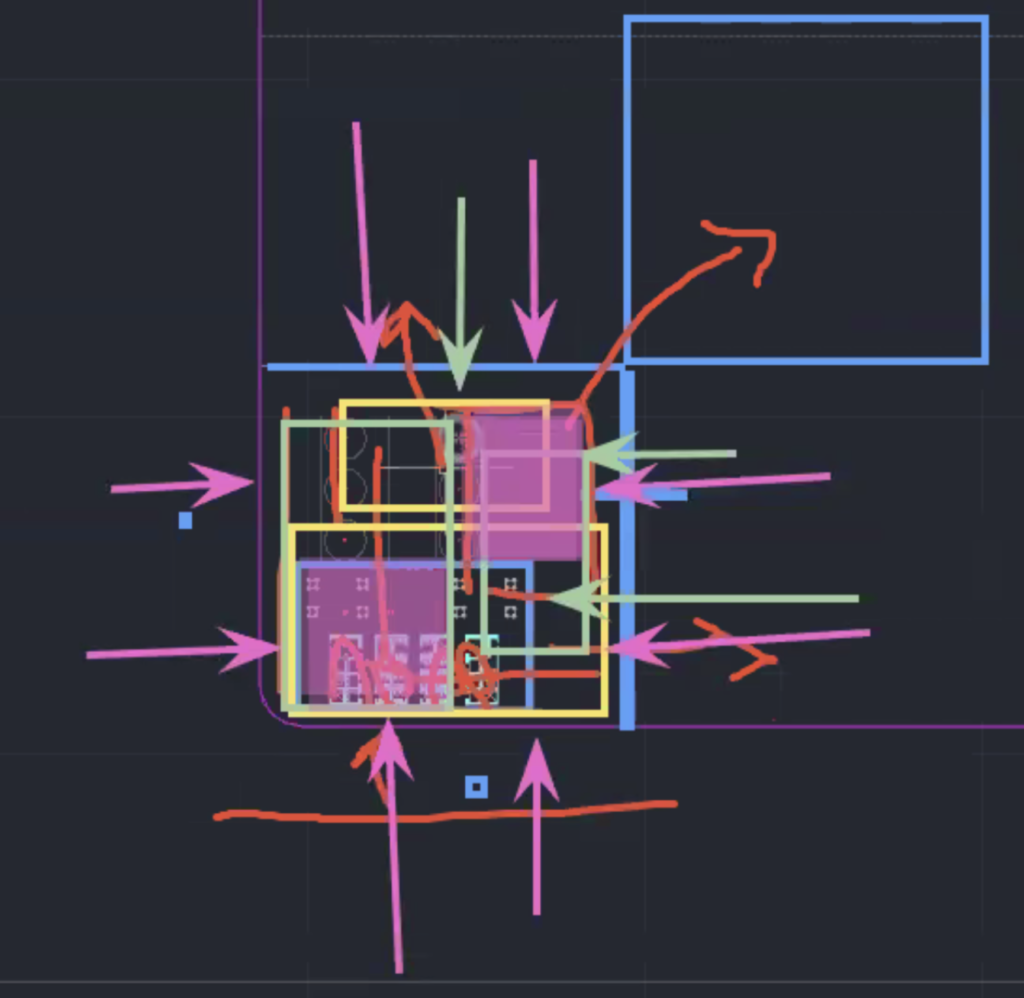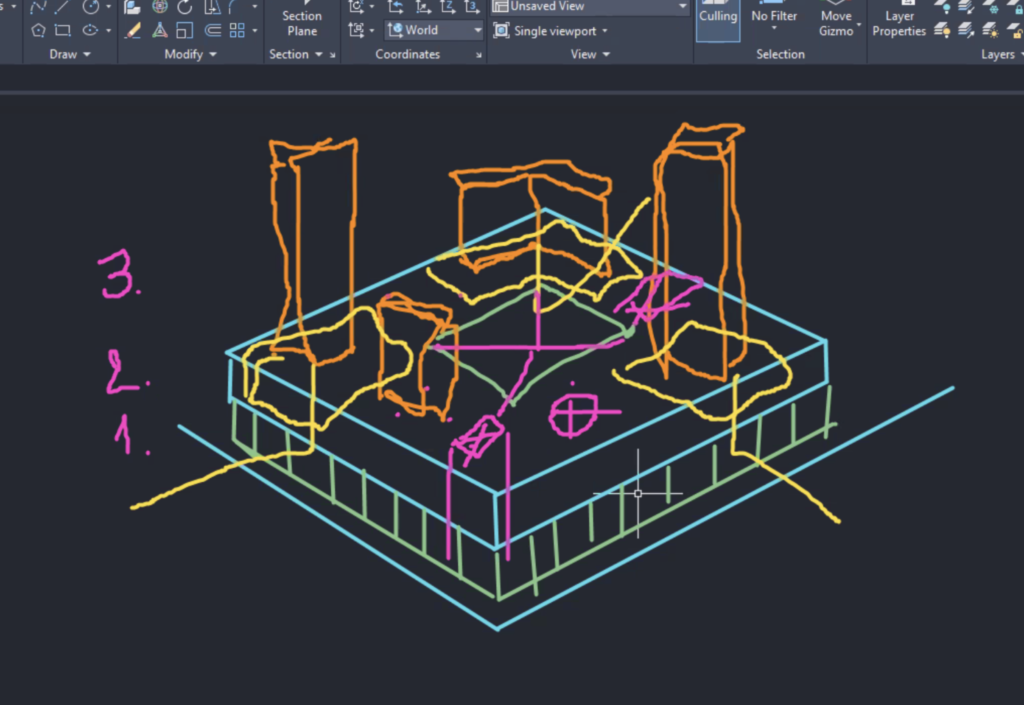TALLER DE ARQUITECTURA 1 SECCIÓN 2
Maite Raschillá + Blanca Valdés
ALUMNOS
Joel Cáceres
Javiera Cárcamo
Jonnathan Duque
Javiera Escobar
Ignacio Espinoza
Claudio Fernandois
Stevens Gafaro
Gonzalo Mieres
Solaye Millacoy
Marcela Ocas
Belen Palacios
Catalina Riquelme
Martin Riveros
Paloma Rojas
Martina Silva
Francisca Silva
Iter Veliz
Joel Zavala
“No hay leyes fijas en la arquitectura, pero no todo irá bien en un edificio o en una ciudad. El arquitecto debe decidir, pues estas valoraciones sutiles están entre sus funciones principales. Debe determinar lo que no se puede tocar y lo que es susceptible de arreglos; lo que se concederá, y dónde y cómo. No ignora o excluye las irregularidades del programa y estructura dentro del orden”
Complejidad y Contradicción en la Arquitectura, Robert Venturi, 1966, p.63
ANTECEDENTES
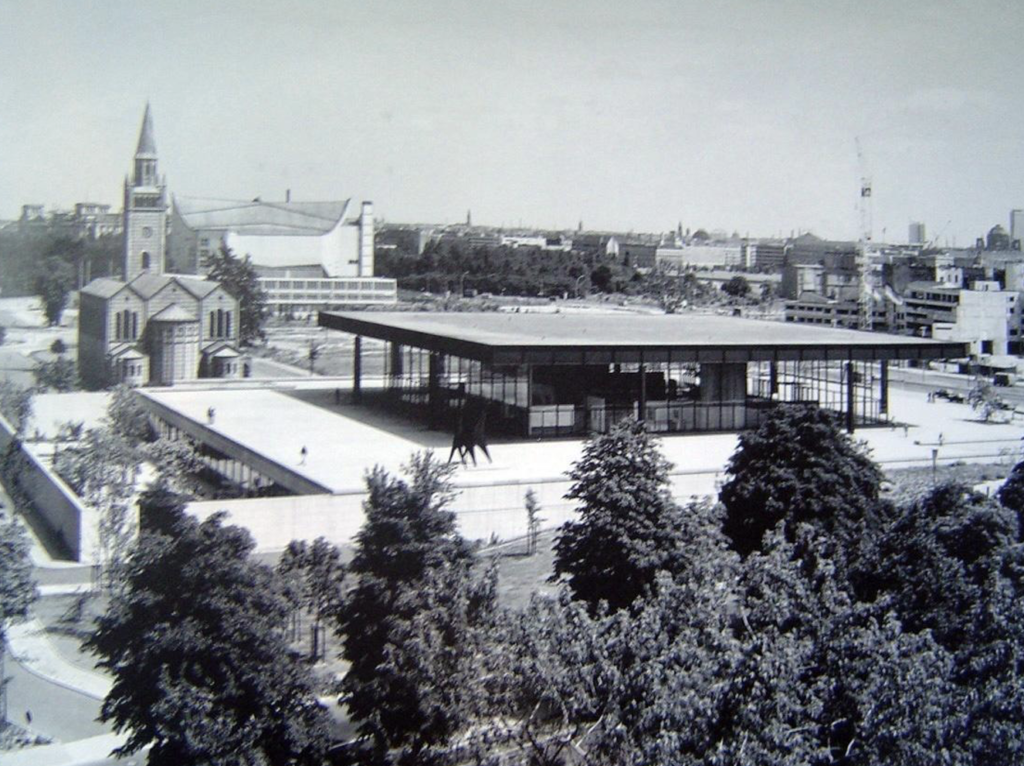
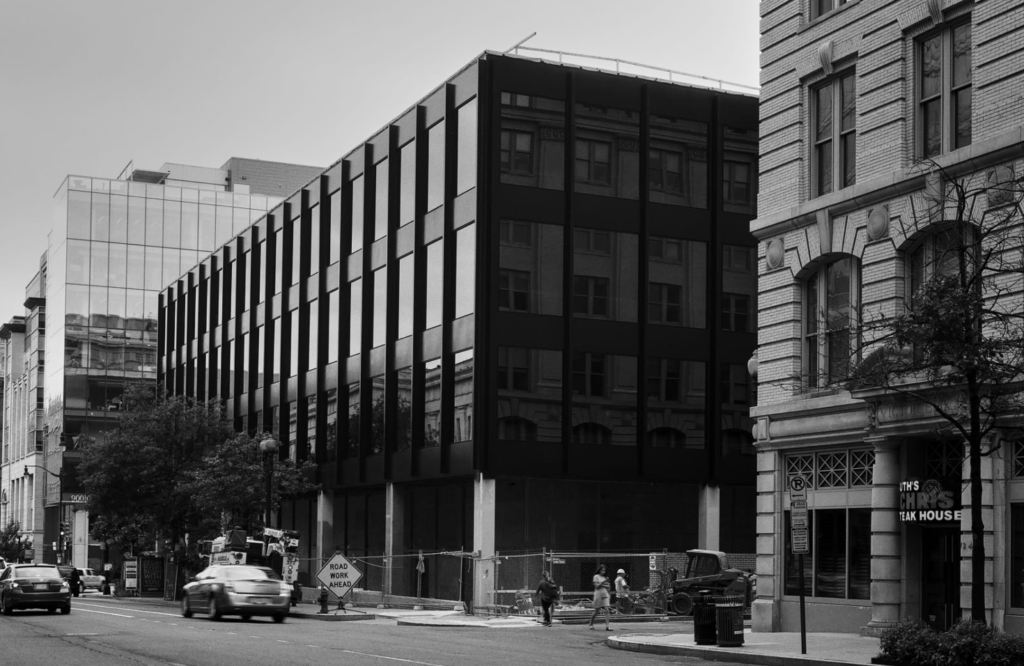
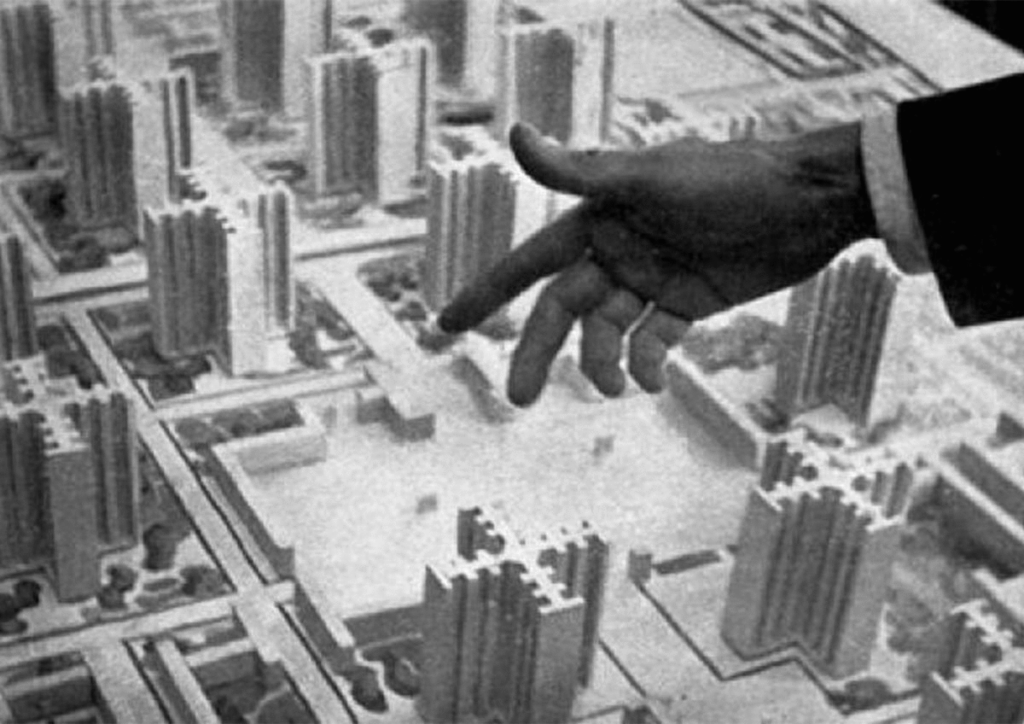
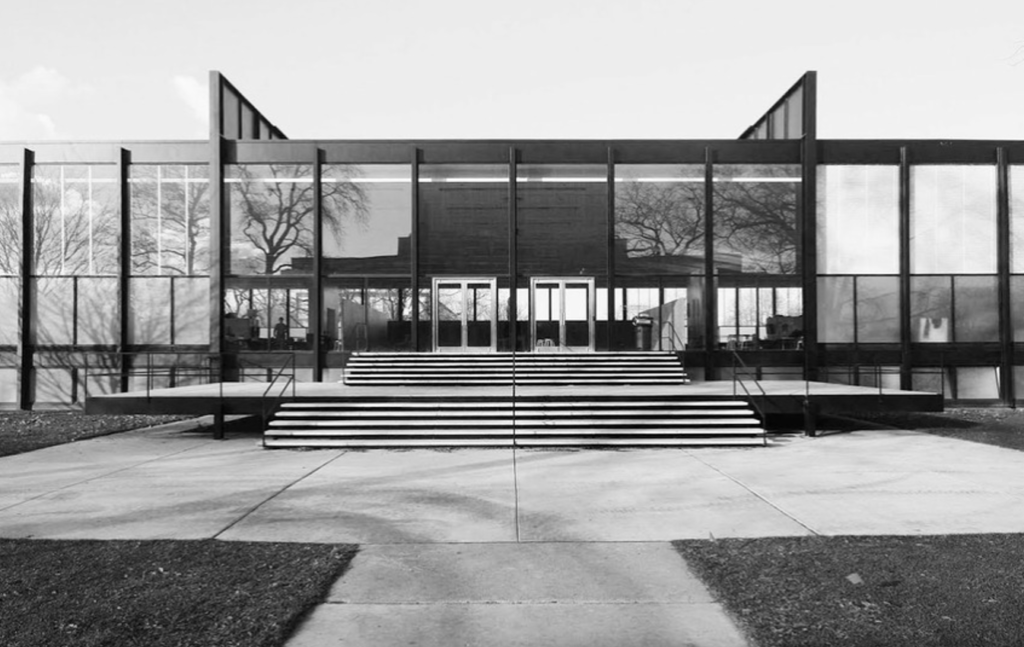

DESCRIPCIÓN
¿Cómo integrar la negociación como una herramienta de diseño?
Este taller buscará poner en valor la introducción de variables conflictivas como una herramienta fundamental en el proceso de hacer arquitectura. Por otro lado, cuestionaremos la idea según la cual, a menor cantidad de voces, mejores resultados. Con esto no se trata de disolver la autoría, sino más bien de someterla, como se encuentra normalmente en la creación de ciudad, a constantes negociaciones con intereses que no son los propios. Los distintos grupos de estudiantes producirán arquitecturas que, en su capacidad para negociar entre sí, terminen por modificarse y producir un contexto en común
How to integrate negotiation as a design tool?
This workshop will seek to value the introduction of conflicting variables as a fundamental tool in the process of making architecture. On the other hand, we will question the idea that the fewer the number of voices, the better the results. This is not to dissolve authorship but rather to subject it, as is usually found in creating the city, to constant negotiations with interests that are not one’s own. The different groups of students will produce architectures that will end up modifying themselves and making a common context in their ability to negotiate with each other.

